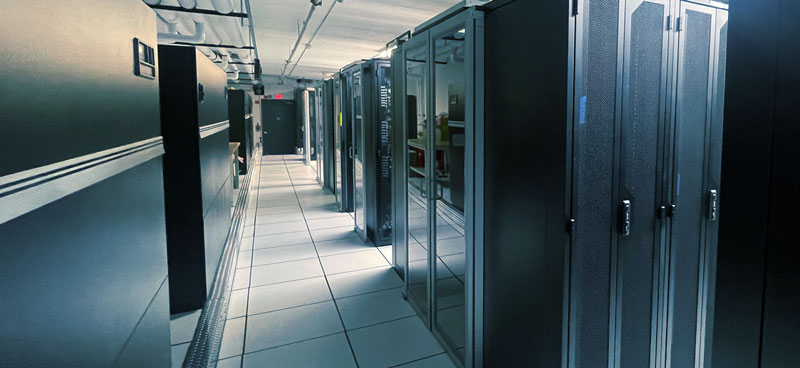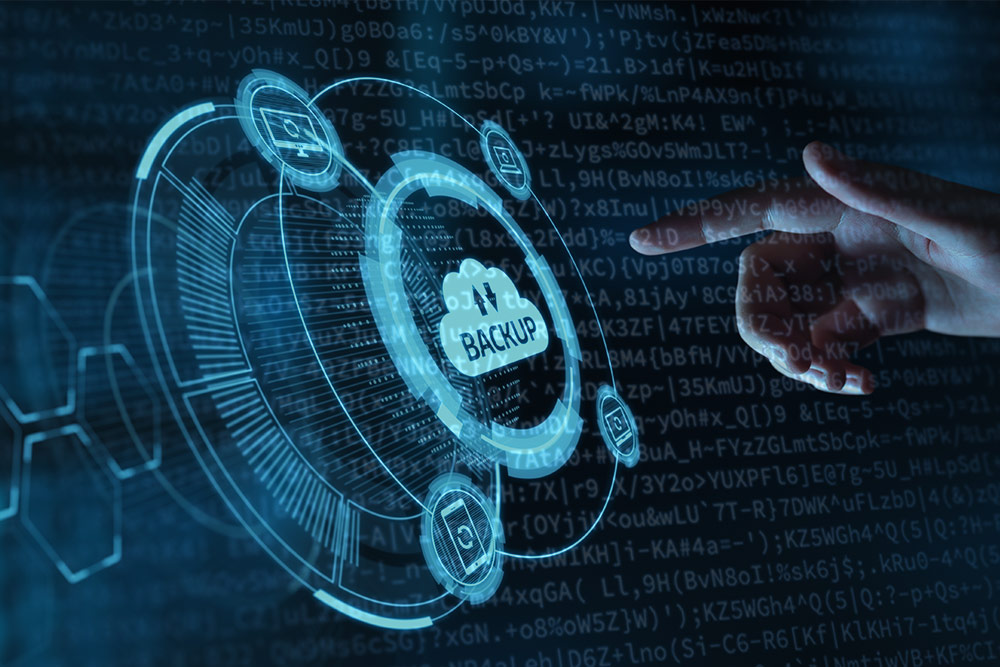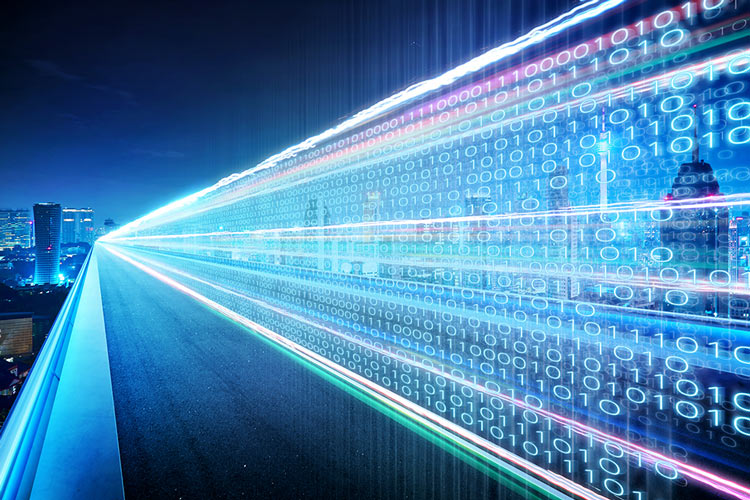The volumes of data required for running a business have surged significantly in the past few years. Fast and efficient data analysis and traffic – needed basically for everything from healthcare to IoT devices and product development – has grown in significance as the world adapts to the paradigm of self-driving cars and AI. High-performance computing (HPC) and artificial intelligence have pushed up compute power, data storage, and connectivity demands to unprecedented heights.
As invisible as it is for the end user, all this processing of data requires massive amounts of power. By looking at the tendencies of the past few years, the demand will continue to grow. For this reason, conversations about data management and data center density are here to stay.
In this article, we are going to look into what data center density is, what challenges data center operators are facing, and why it is important. Let’s dive in.
What is Data Center Density?
Data center density refers to the quantity of power consumed by a server rack in a data center plus the power needed for cooling, measured in kilowatts. Data center density is a token of performance: the more resources and compute power are available, the better the performance. Increasing server efficiency for running applications sometimes means having sufficient space available for expansion. However, higher data center density means higher capacity, which means that the provider can offer better performance without occupying more physical space.
What’s a High-Density Data Center?
The high density data center is optimally using the two core standards in a data center: power and cooling. High-density data centers have a certain power draw measured per rack or per square foot. These facilities are different from traditional ones in the sense that they can have different hardware and cooling methods. They achieve higher data center density by filling up racks more efficiently with blade servers and microservers. This approach saves space, makes cabling more simple and efficient, and cuts power consumption. Shared power and cooling allow for better energy efficiency and a smaller footprint overall.
As technology advances, data centers can leverage new solutions to tackle energy efficiency better. Traditional data centers had inefficiency issues, wasting a lot of energy on overcooling spaces for low-capacity equipment. Thanks to the technological advancements, data centers can now be more compact and efficient.
Virtualization is also characteristic of high-density data centers. Virtual servers decrease power and cooling costs by removing the need for excess hardware. They also provide safety in case of a hardware failure.
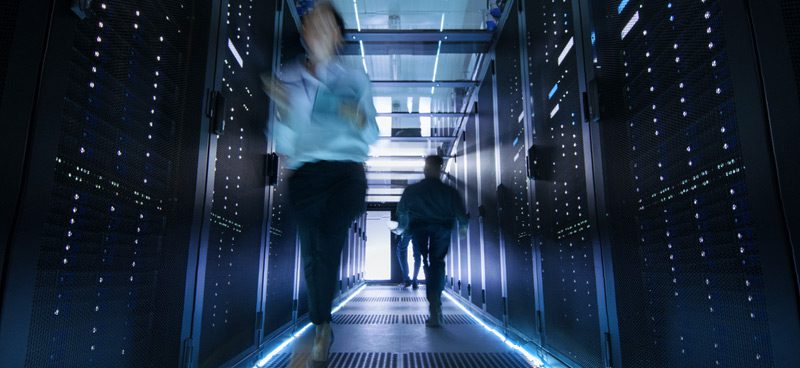
An Increasing Demand for Power Density
Data center density is defined by the amount of power kilowatts used by each cabinet. In the not-so-distant past, say a decade ago, the average power density per rack used to be between 4-5 kilowatts. By 2020, that number reached 8 to 10 kilowatts per rack. Jumping over the pandemic to 2022, 10 percent of surveyed data centers reported densities of 20-29 kW/rack. 7 percent were already at 30-39 kW/rack, and 5 percent were working with 50 kW/rack or even more.
Looking at these numbers, it becomes evident that this increased rate can become startling when considering data center density and meeting those resource requirements. According to several opinions, it’s highly probable that what is considered high in the present will soon become the norm, reaching 15-20 kilowatts per rack in the very near future.
At present, 40 kW to 125 kW is considered to be high-density, however, there are data centers currently operating extreme-density racks that consume up to 200 kW. In an average high-density data center, cabinets consume between 10 kW and 150 kW/sqft.
Factors Driving the Demand
High performance computing (HPC), offering access to high-powered server processors is spreading across different industries creating significant market demand. HPC, previously a privilege of giant organizations with sufficient funds, is now accessible to smaller institutions as well. Different AI use cases, machine learning, 3D rendering, analytics, healthcare, IoT devices, gaming, and many more fields of application contribute to the heavy demand for high-performance computing.
Artificial Intelligence
The acceleration that characterizes the adoption of AI is one of the main reasons behind the increasing demand for data center density. Training large language models requires massive amounts of data and excellent traffic for crunching those numbers, which has immense power requirements. These necessities drive the need for equipment and infrastructures to support higher-density requirements.
The Internet of Things
Real-time data processing and low-latency requirements of the growing number of IoT devices is another major cause of high demand for data center density. The world is full of devices with sensors: for industrial production, autonomous cars and machines, wearables, and healthcare uses. These devices all require high-performance computing.
Data Processing
All the data produced by IoT devices, scientific research, healthcare, engineering, finance, IT operations, and several other sources need HPC to be analyzed and processed.
Several fields require HPC like cryptocurrency mining, blockchain, VR/AR, and gaming. The growing demand however calls for more efficient planning of data center infrastructures.
Data Center Density in Hyperscale
The growing demand for resources raises the question of whether data centers are capable of sustaining the power demands of this rapid growth. Scalability is becoming one of the top concerns of requirement changes for data centers.
Hyperscale data centers operated by giants like Google, Microsoft, and Amazon have been in the front line of data center density growth. They’ve been working on innovative solutions for cooling and increasing compute power while also maintaining a relatively small size and environmental impact. Now, the rest of the industry is following in their footsteps, implementing those solutions to become more efficient.
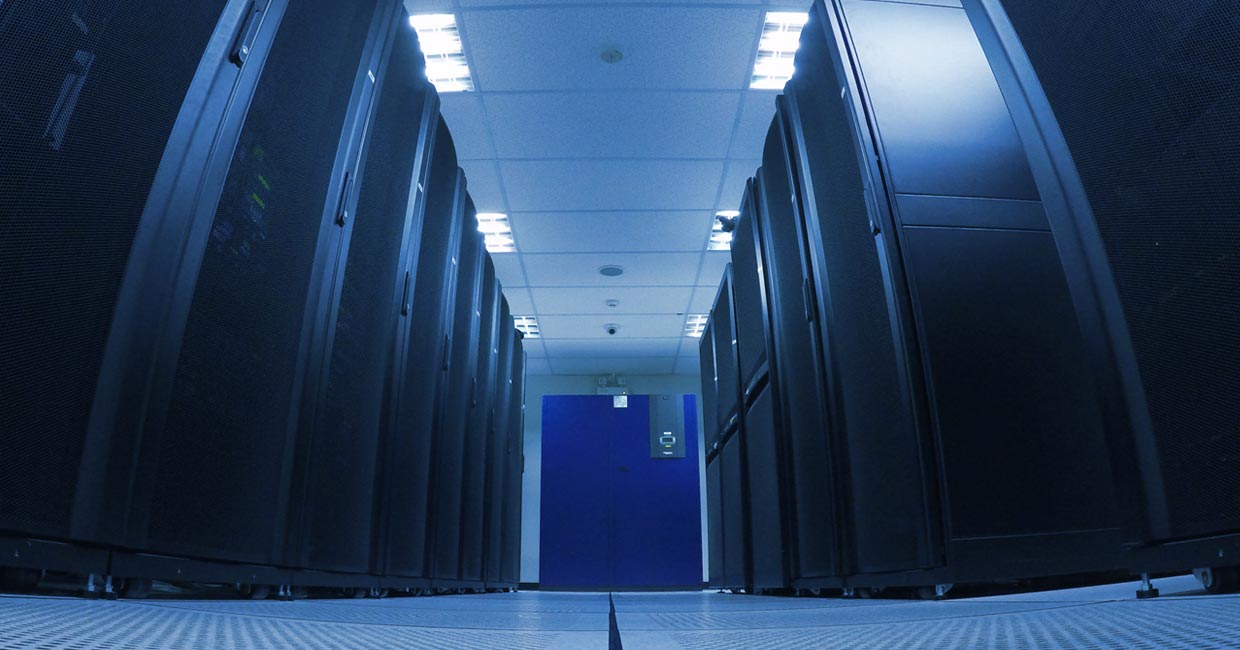
Why Data Center Density Matters
Data production and consumption have seen unprecedented growth. The tendencies show that this growth will only increase in the future. The boom in data volumes directly impacts data centers and their power consumption, leading many providers to adopt higher data center density solutions.
The data center industry has been known to have a significant environmental impact. However, new technological advancements and sustainability efforts have brought improvements to those problems in recent years. In the course of the past decade, internet traffic exploded. As a result data center storage and compute capacity followed. Fortunately, the data center industry didn’t grow proportionately in physical size to continue consuming energy at previous rates.
Higher Efficiency
However, thanks to higher data center density becoming the norm, the industry did increase in data center efficiency. This happened by the adoption of higher-performance equipment and cooling. The data center industry is accountable for 3% of global power consumption, estimated to grow to at least 4% in the following 6 years. As new technologies become widespread, the need for efficiency in data center density will remain in the spotlight. With the spread of 5G, we’ll see a higher capacity demand on the edge, and data center infrastructure will have to keep pace to support it.
Industry giants have been taking big steps to become less environmentally harmful. Google, Amazon, and Microsoft are on the way to becoming carbon-negative. Hopefully, the technologies and methods they are experimenting with will soon become accessible to smaller organizations in the industry as well. Considering the paradigm shift we are experiencing with the widespread use of AI, at some point, keeping up with power demand and sustainability goals might mean that embracing alternative clean energy sources will become necessary.
Got questions? Want to talk specifics? That’s what we’re here for.
Interested in data center density and technology updates in the forthcoming years? Discover how Volico Data Centers Colocation facilities and services can help you with flexible and efficient edge infrastructures, state-of-the-art hardware, and supreme connectivity solutions to meet your forward-thinking plans.
• Call: (305) 735-8098
• Chat with a member of our team to discuss which solution best fits your needs.

